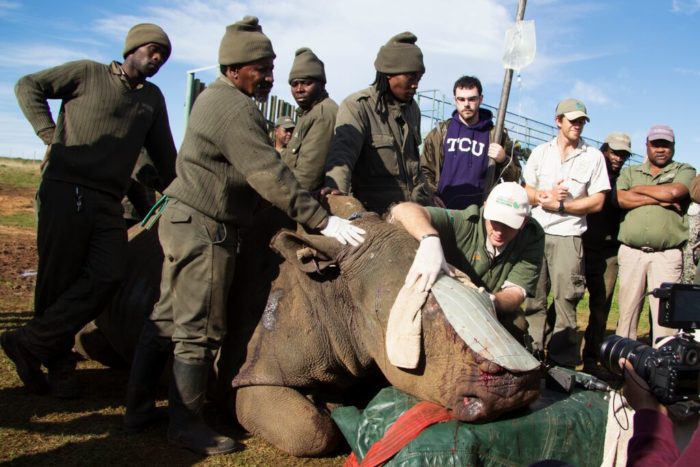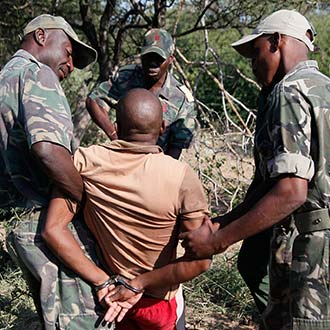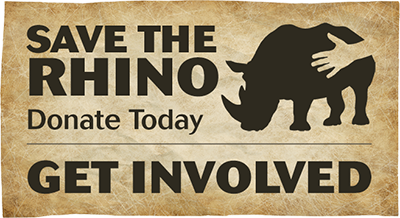
Survivors require long-term veterinary support, often needing multiple anesthetics and reconstructive procedures over a 6-12 month period. Severely injured rhino may require intensive veterinary management and are therefore often moved into small enclosures where they can receive personalized intensive care. This care for survivors is extremely expensive and often specialist veterinary equipment, veterinary surgeons, and human facial surgeons are needed to reconstruct their faces.

Hope was poached in May 2016, suffering some of the most horrific wounds to be seen in any poaching survivor to date. The poachers hacked brutally at her face and removed both her horns and a significant amount of the underlying bones of the skull. Such a large wound requires frequent care and dressing to keep infection and flies at bay. The veterinary teams hoped to achieve complete closure of her facial wound, but her extensive wounds made her recovery extremely challenging. Methods of closure from previous cases, as well as ground-breaking new procedures, were employed.
Hope showed immense resilience and defied all expectations. Tragically, she died in November 2016 due to an internal infection, but she remains an inspiration to all rhino rescues. RIP Hope.







